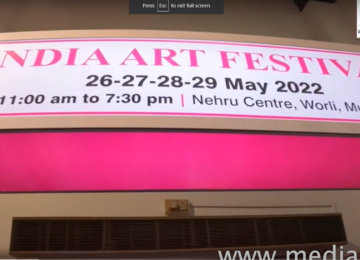Anupama Nair
What is Paralympics? The Olympics for differently-abled people is called Paralympics or the games of the Paralympian. The sport for differently-abled people had existed for more than a century ago, and the first sports clubs for the hearing impaired were set up in 1888 in Berlin. But it was not until after World War II, that it was widely introduced to the rest of the world. The purpose was to assist the large number of war veterans and civilians who were injured during wartime. Athletes with disabilities did compete at the Olympic Games prior to the advent of the Paralympics, but it was very rare. The first athlete to participate in the Olympics was the German American gymnast George Eyser in 1904, who had one artificial leg.
The Paralympics has grown from a small gathering of World War II veterans in 1948 to become one of the largest international sporting events today. The Paralympics has grown from 400 athletes with a disability from 23 countries in 1960 to thousands of competitors from over 100 countries today. Paralympians endeavor for equal treatment with non-disabled Olympic athletes, but, unfortunately there is a large funding gap between Olympic and Paralympic athletes.
The Paralympic Games are organized in parallel with the Olympic Games, while the IOC-recognized Special Olympics World Games include athletes with intellectual disabilities, and the Deaflympics include hearing impaired athletes.
The International Paralympic Committee is the global governing body of the Paralympic Movement. It has176 National Paralympic Committees (NPC) and four disability-specific international sports federations. The president of the IPC is Andrew Parsons. The international headquarters of IPC is located in Bonn. The IPC is responsible for organizing the Summer and Winter Paralympic Games. It also serves as the International Federation for nine sports –Paralympic athletics, Paralympic swimming, Paralympic shooting, Paralympic powerlifting, Para-alpine skiing, Paralympic biathlon, Paralympic cross-country skiing, ice sled hockey and Wheelchair Dance Sport.
There are several categories in which the athletes compete, as there are a wide variety of disabilities that the athletes have. The disabilities are broken down into ten eligible impairment categories — impaired muscle power, impaired passive range of movement, limb deficiency, leg length difference, short stature, hypertonia, ataxia, athetosis, vision impairment and intellectual impairment. These categories are further broken down into classifications, which vary from sport to sport.
India has done well in this year's games. We are in the 36th position in the medal tally with 12 medals – 2 gold, 6 silver and 4 bronze. I wish India all the best for more medals.


































